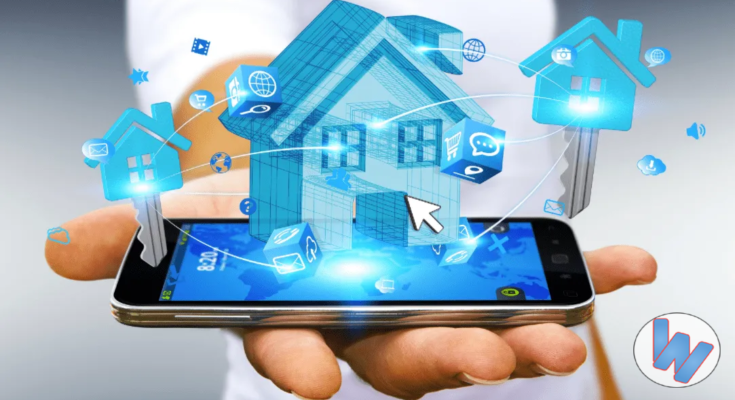Distributed Ledger Technology (DLT) and the Internet of Things (IoT) can create amazing and truly automated things that are also used digitally.
IoT devices are physical objects that connect to the Internet and operate over distributed networks.
Blocking is not a good thing when there are high energy costs or a lack of speed.
Acyclic Graphs (DAGs) like Obyte are a good alternative that offers cheap, fast, secure, and decentralized solutions for recording.
Here are some ways IoT and Obyte can work together:

1. Track and Verify Assets
Products may vary, so accuracy and safety are important. Decentralized networks and IoT devices can ensure product quality and control.
Sensors and IoT devices can provide accurate, transparent data by transmitting DLT in real-time.
This is important for tracking perishable goods or valuables, increasing liability, and reducing losses due to theft, fraud or damage. For example,
Pharmaceutical and IoT sensors can record their location, temperature, and temperature into the Obyte DAG, making audio more accurate and transparent.
Unusual events such as temperature changes will alert stakeholders to make quick decisions. The journey of the product can be followed using the QR code on the label.
2. Smart Vehicle Leasing and Sharing
Users open and operate vehicles using QR codes and payment receipts.
Vehicle use is registered with DAG, which guarantees transparency and trust.
Smaart contracts and independent agents can manage rentals, support programs and parts from a single wallet.
For example, John rents an electric bike by scanning the QR code with his Obyte wallet and paying for the rental.
IoT sensors monitor and record data to Obyte DAG.
When John finishes his ride, the smart contract processes the final payment and updates the scooter’s maintenance schedule.
3. Decentralized Health Monitoring
Integration with DAGs such as Obyte allows efficient recording of clinical data that can be shared by healthcare providers and researchers.
For example, Sarah uses a fitness tracker that writes her health information to the Obyte DAG.
If he is not feeling well, he can consult a doctor via telehealth and thus temporarily access his health recorded in the DAG.
The physician will review the information for appropriate evaluation and Sarah may then deny access to maintain confidentiality.
4. Waste Management System
Improper waste management is a serious environmental problem.
IoT sensors and Obyte laptops can create a decentralized system to solve this problem.
Sensors in waste bins can monitor the fill level and send data to the DAG.
Smart contracts can initiate real-time, data-based waste collection services.
A private label can reward users for good recycling practices, encourage environmentally friendly behavior and improve waste management practices.
For example, a city may use the ‘RecycleCoin’ (RCC) token. IoT helps manage warehouses by tracking stored waste and recording data in Obyte DAG.
Users earn RCC by crafting items, which can be redeemed or exchanged for rewards. The system encourages recycling and better waste management.
5. P2P Clean Energy
IoT and Obyte can help the environment and reduce electricity bills through peer-to-peer (P2P) networks.
Households that obtain excess energy from renewable sources such as solar energy can sell the excess energy to others.
IoT devices measure productivity and energy consumption and write the data to the DAG.
Smart contracts facilitate automated transactions based on real-time transactions, ensuring fast payments to producers and fair transactions to consumers.
This improves energy distribution, reduces dependence on traditional suppliers, and encourages the use of renewable energy.
For example, Alice’s house produces more solar energy. IoT system generates surplus from DAG for sale.
Mike’s IoT system detects that Alice’s power is too high and purchases it via smart contracts. Alice is rewarded and Mike is charged with justice.
These examples show how Obyte can integrate with connected devices, improving performance, security, and user experience in various areas.
Read more Articles on Wndestech




